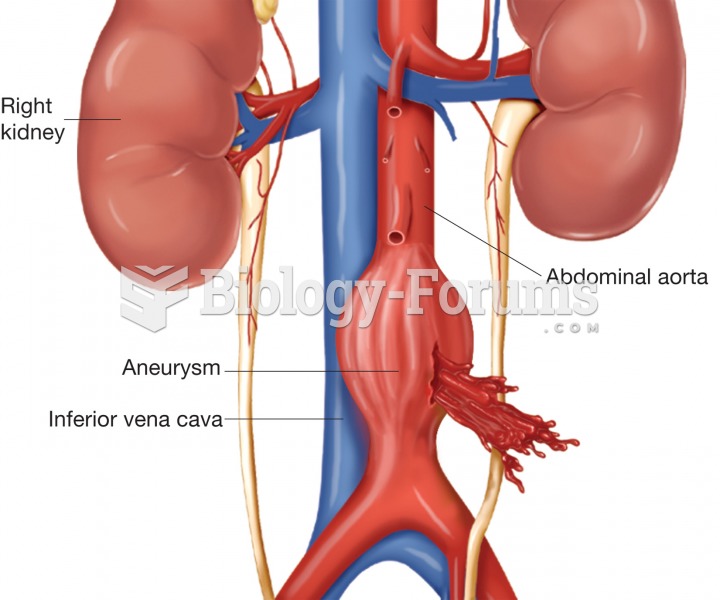This topic contains a solution. Click here to go to the answer
|
|
|
Did you know?
The longest a person has survived after a heart transplant is 24 years.
Did you know?
The FDA recognizes 118 routes of administration.
Did you know?
Green tea is able to stop the scent of garlic or onion from causing bad breath.
Did you know?
Fungal nail infections account for up to 30% of all skin infections. They affect 5% of the general population—mostly people over the age of 70.
Did you know?
Medication errors are three times higher among children and infants than with adults.







